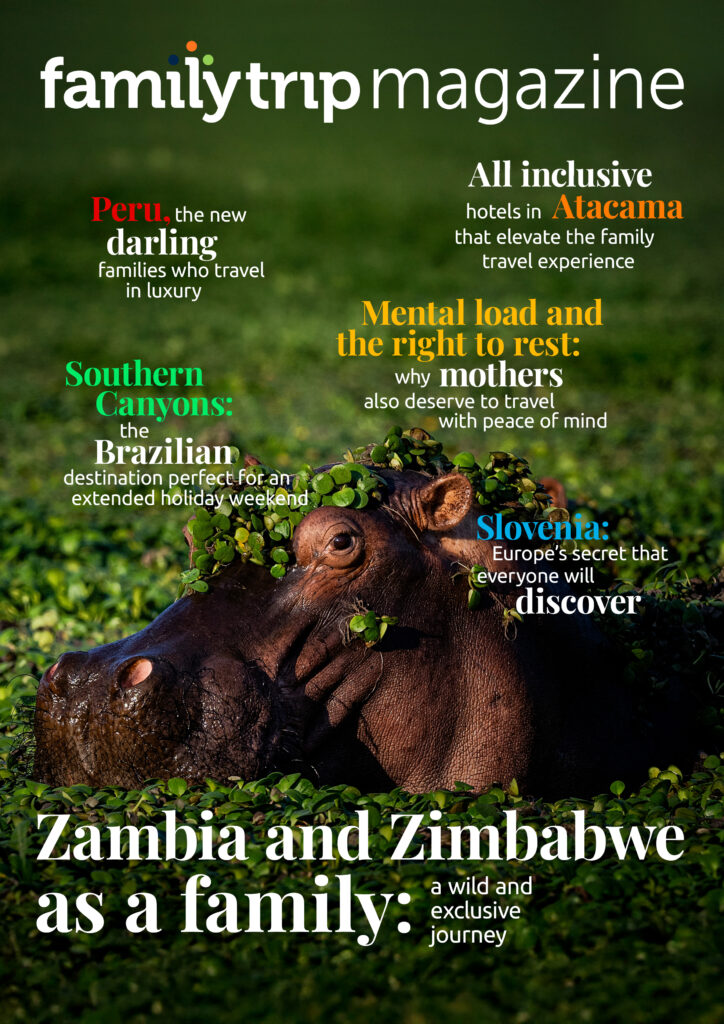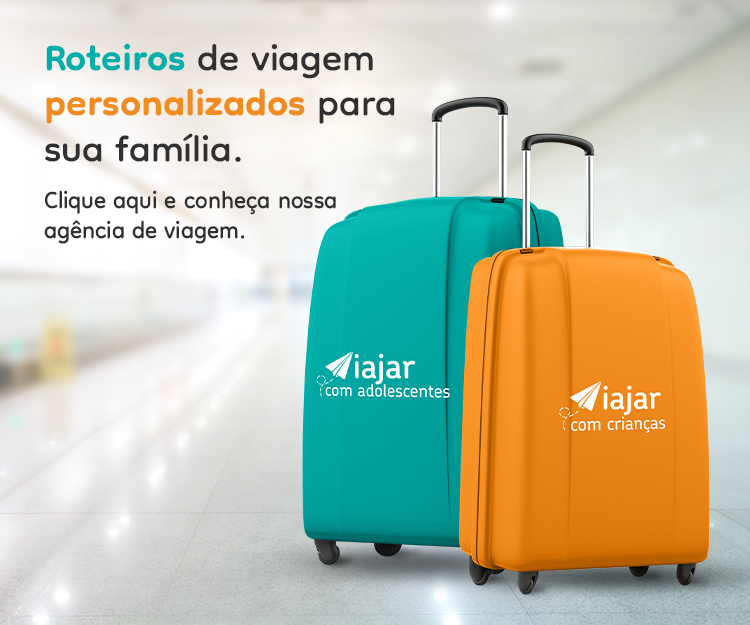
- Save money
Financial education through travel: establishing a travel allowance for children
Travel provides an opportunity to teach children financial literacy in a controlled and supervised environment by establishing a specific allowance for this purpose
By Editorial Team
Traveling with family is a unique opportunity to create special memories and share moments of fun and learning together. During trips, parents have the chance to teach financial education to children in a controlled and supervised environment by establishing a specific allowance for this purpose. Travel allowance differs from the routine allowance given at home, as it provides a real-world learning experience about money’s value, financial planning, and financial responsibility.
One of the main reasons for differentiating travel allowance from routine allowance is the very nature of travel itself. On a family journey, children have the opportunity to experience real purchasing and consumption situations in an unfamiliar environment. This experience can be a valuable opportunity to teach little ones about budgeting, spending priorities, and the value of financial choices.
Even children who don’t normally receive an allowance can benefit from having one during travel. Travel allowance provides children with a sense of autonomy and responsibility, allowing them to make decisions about their spending in a safe environment under parental supervision. This experience can be a first step in introducing them to the financial world and developing important skills for adult life.
From a certain age, children can begin to understand issues related to currency exchange and the variation of money’s value in different locations. With a brief explanation about local currency and how to make conversions, they can get involved in the practice of shopping and payments during the trip, assisted by their parents.
When determining the appropriate amount for travel allowance, parents should consider the expected expenses for the trip, such as meals, souvenirs, outings, and planned activities. One suggestion is to list all activities and estimated costs and, from there, establish a balanced amount that allows children to enjoy the trip without financial worries.
It’s important to emphasize that travel allowance should be primarily intended for non-essential expenses, such as souvenirs, treats, and small gifts. Essential expenses, such as airfare, accommodation, and travel insurance, should be covered directly by parents.
To ensure that children participate in important family activities, parents can predetermine which outings and experiences they want to share with their children, regardless of the allowance amount. This prevents situations where children might choose not to participate in a planned activity in order to spend their allowance on a more expensive consumer desire.
Taking all of this into consideration, establishing an allowance for children during travel is an excellent way to promote financial education and responsibility. With careful planning, strategy, and proper supervision, children can learn valuable lessons about money’s value and how to make conscious financial decisions in a controlled environment, making the trip an even more enriching experience.
Things the Way Family love to pack in their suitcase:
Gate
Eletronics for the travel: smartphone, drone, câmera, charger,…
Destiny
UV clothes, bikinis, caps, diving goggles, snorkel mask and other accessories…

















